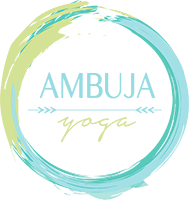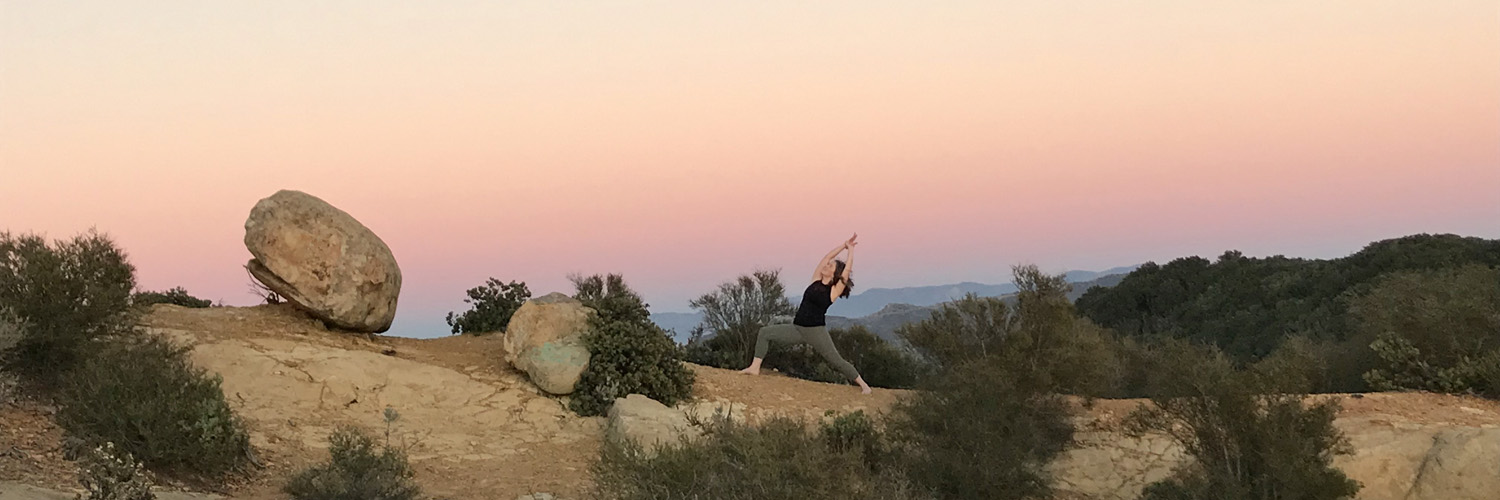What happens when you get bored with your yoga practice? I know that it happens to me. When I fall off the yoga wagon, especially as a yoga teacher, I begin to have feelings of guilt sneak in. Feelings of “I’m not good enough” or “How can I teach yoga if I’m not practicing?” So I want you to know that I’ve been there. I feel your frustration, your dismay, your guilt… I’m here to tell you to “let it go”. I’m not going to tell you to stop practicing, but I will encourage you to let your yoga practice take on a different form. Here are my tried and true tips for getting over your boredom and feeling good about your yoga practice again.
- Take class with a different teacher. I might get some flack here from other yoga instructors for saying this, but it’s okay to explore. It’s okay to skip your regular class and drop-in to another teacher’s class. Each teacher has their own style, their own way of cueing, and their own way of formatting their classes…. going to another teacher’s class gets you out of your rut and out of autopilot. You will likely experience different poses (woohoo!) and different benefits and alignment cues that you can bring back to your regular classes. And hell we all suffer from avidya (ignorance), which means that our own teacher can give us the same message every class and we may not be ready for it, so we don’t hear it… well you might be ready for it in another teacher’s class… or they may word it in a way that it is more relatable to you.
- Incorporate more pranayama, meditation and chanting. For most of us, myself included, we get stuck in asana land. I love asana land! It’s fun and pretty and challenging, but sometimes we forget about the other parts of yoga like pranayama, meditation, chanting. Learn some new pranayama (kapalabhati, brahmari, sitali, ratio breathing, etc.). Kick start your meditation practice. There are so many meditation resources out their now (including apps that make it ridiculously easy to practice). Or delve into the world of Bhakti and learn a new chant or two.
- Go on a retreat. Attending a yoga retreat (or teacher training) is a great way to get your asana in gear! It’s okay to spend a little extra money on YOU, on YOUR development, on YOUR growth. Don’t feel guilty about it. Go on a retreat with your favorite teacher OR one you’ve been following on social media OR be bold and courageous and book with someone you find online in a destination you’ve always wanted to check out (I would recommend doing some homework before you hand over your hard earned cash though).
- Try a new-to-you style of yoga. If you always practice Bikram, try vinyasa. If you always practice vinyasa, try yin. Maybe delve into the world of Ashtanga Yoga… why not? Be adventurous in your yoga practice.
- Change your environment. If you always practice in a yoga studio head on over to the local gym and try one of their classes. Or find an outdoor class at a local park or lodge. Seek out SUP yoga (yoga on stand up paddleboards)… you’ll get an awesome work out, be challenged in new ways and likely you’ll get wet… at least at your first class.
- Schedule up some yoga playtime. Connect with one of your yoga buddies and schedule some time to just play… maybe play with a little Acro yoga or partner poses or help each other work on those inversions and arm balances. Likely you’ll have fun in the process and make/keep a good friend too.
- Karma yoga. Okay it’s not asana, but it’s equally important. Find a volunteer gig at a local community center, teach a yoga class for underprivileged kids… even better get your yoga buddies together and do a little karma yoga as a group.
- Find another hobby. Eek! I know I said it, but it’s okay to branch out. I would recommend finding another active hobby like mountain biking or tennis… something that gets your body moving. Being active in other ways will make you appreciate your yoga practice that much more… especially when your muscles start to get tight and that range of motion you used to take for granted is gone.
- Read a yoga-ish book. I recommend How Yoga Works by Gesne Michael Roach and Christie McNally
- Take a trip. Allow yourself to be inspired by giant trees, mountains, lakes and even the hustle and bustle of a new city. Strike a pose and have fun with it. Put your feet in the dirt. Swim out to that tiny island in the lake. Enjoy the sun on your skin.
- Get a new mat or yoga leggings. I know, I know. Not very yogic of me, but whatever. Buy yourself something nice. Get a new Manduka mat in a fun color or get those wild and crazy patterned Liquido leggings you’ve been eye-ing forever. Give yourself a little extra incentive to get on your mat.
- Change your playlist. Okay this only applies if you practice at home, but music can have a huge impact on your practice and your mental state.
- Sign up for one of the online yoga class platforms. Create a home practice, try new teachers, practice when it works for you. Love it.
- Join a social media yoga challenge. A fun way to connect with other yogis, see new postures and new variations of familiar postures. Have fun with it.
- Focus on a specific body part or type of pose. Perhaps strengthening or lengthening the hamstrings. Focus on backbends or inversions. Perhaps focus on opening up your hips. You get the picture. Give yourself something to explore and also something to work toward.
- Schedule up a yoga and wine night with your friends. Why not? Yoga doesn’t have to be in the studio to be wonderful. Take turns teaching and follow it up with a glass or two of wine and some snacks.
- Practice shorter practices. Set a timer and allow yourself to be present on your mat for 5, 10, 20 minutes. Keep it simple so you don’t get discouraged.
- Go on a weekend yoga getaway. There are so many options these days. Go to a festival, conference, workshop or retreat in a different city or state. You’ll have the opportunity to get your practice back on track, explore a new place and make new yoga friends.
You don’t need to be perfect. You don’t need to practice 5 times a week. It’s okay to be inspired by other things. Your practice will always be with you. Know that your practice doesn’t need to look like everyone else’s practice. Remember it is YOUR PRACTICE. It is yours and yours alone AND it is a practice. Don’t beat up on yourself. Dig deep find that inner fire. It’s there. We will see you on your mat when you’re ready.
Yogis do you have any other tips or tricks you use when you get bored with your yoga practice? I’d love to hear them.
Love and Light,
Autumn
- 2024’s Most Inspiring Books on Yoga, Motherhood, and the Path of Transformation - March 28, 2024
- Gratitude Revolution: Simple Ways to Spark Joy in Your Life - November 21, 2023
- Yoga and the Immune System - May 17, 2021

 Ambuja Yoga
Ambuja Yoga 




